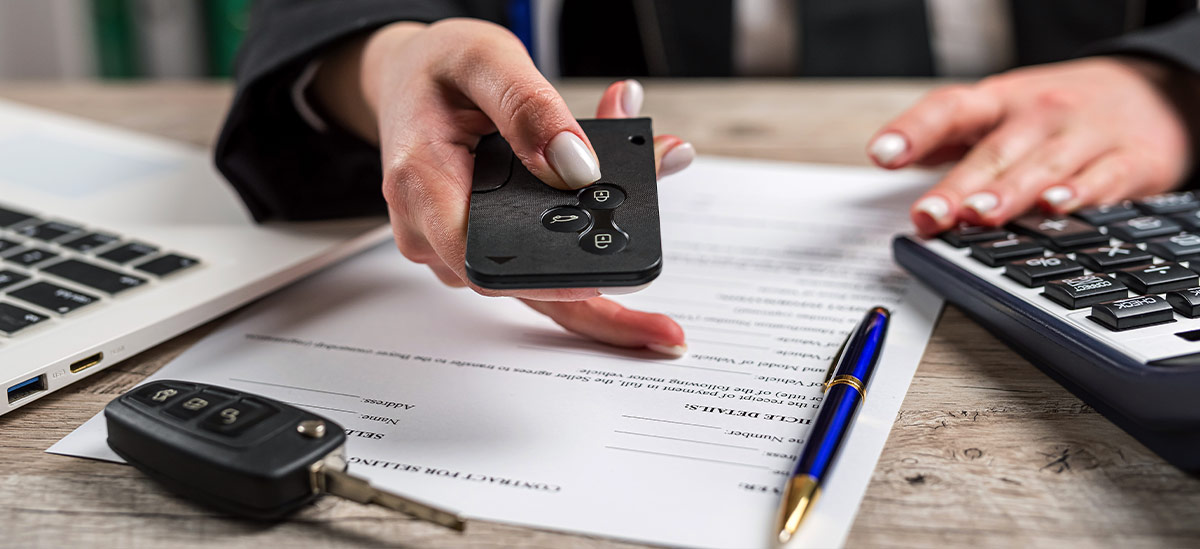
Fallen in love with that sports car? Need to purchase a sensible pickup truck? Contemplating a big SUV for the family? Whatever kind of vehicle you plan to buy, the amount of your down payment is an important consideration. Depending on how much you put down, you can potentially reduce your interest rate, lower your monthly payments and pay the loan off faster.
Jeff Turley, head of Auto Lending at PNC Bank, adds, “Due to broad economic factors, lenders today are being more cautious and selective than they may have been in the past. So a larger down payment may make it easier to qualify for a loan and reduce the amount of interest you will pay.”
Rising prices and interest rates, combined with increased lender caution, can affect what vehicle you can comfortably afford. Here are four ways you can use your down payment to your advantage.
Prepare yourself for sticker shock. Prices may be significantly higher than the last time you shopped for a vehicle. According to the Consumer Protection Agency, the average price consumers paid for new vehicles[1] reached a record high of $48,182 in July of 2022 while the average price of used vehicles rose to $28,219. The average new auto loan is roughly $40,000 and the average used auto loan more than $28,000 , roughly 15% and 35% higher than pre-pandemic levels.[2] According to Edmunds, the average monthly payment for new vehicles hit a record high of $730 in the first quarter of 2023 and nearly 17 percent of consumers who financed a new vehicle during that time period committed to a monthly payment of $1,000 or more.[3]
Taking these factors into account, it’s apparent that a larger down payment may mean less of a financial burden over time.
Keep your head above water. Without an adequate down payment, your vehicle may end up being worth less than you owe, leaving you “underwater.” If your car is totaled in an accident or stolen, you’re still liable for the remaining amount of the loan, and your insurance may not make up the difference. The right down payment can help to keep your loan balance in line with the value of your vehicle.
Get help calculating the optimum down payment. A down payment of up to 20 percent is typical for a new car and up to 10 percent for a used car. Working with your financial institution during the application process can help you determine the right down payment for your situation.
Don’t underestimate the value of your trade-in. If you will be trading in an older vehicle, you might be surprised to know how much it’s worth. The same factors that have increased the purchase price of used cars can work in your favor when you’re trading in. Check out Kelley Blue Book, Edmunds or the JD Power Used Car Guide for estimates.
Even though you might want to hold on to your cash when buying your next vehicle, consider the benefits of a larger down payment as you make your decision. Turley concludes, “When deciding how much to put down, you need to weigh the short-term loss of cash against the potential for longer-term savings, particularly as vehicles are getting more expensive and the cost of borrowing is increasing.”
Learn more about vehicle finance options and calculate your monthly payments here.




